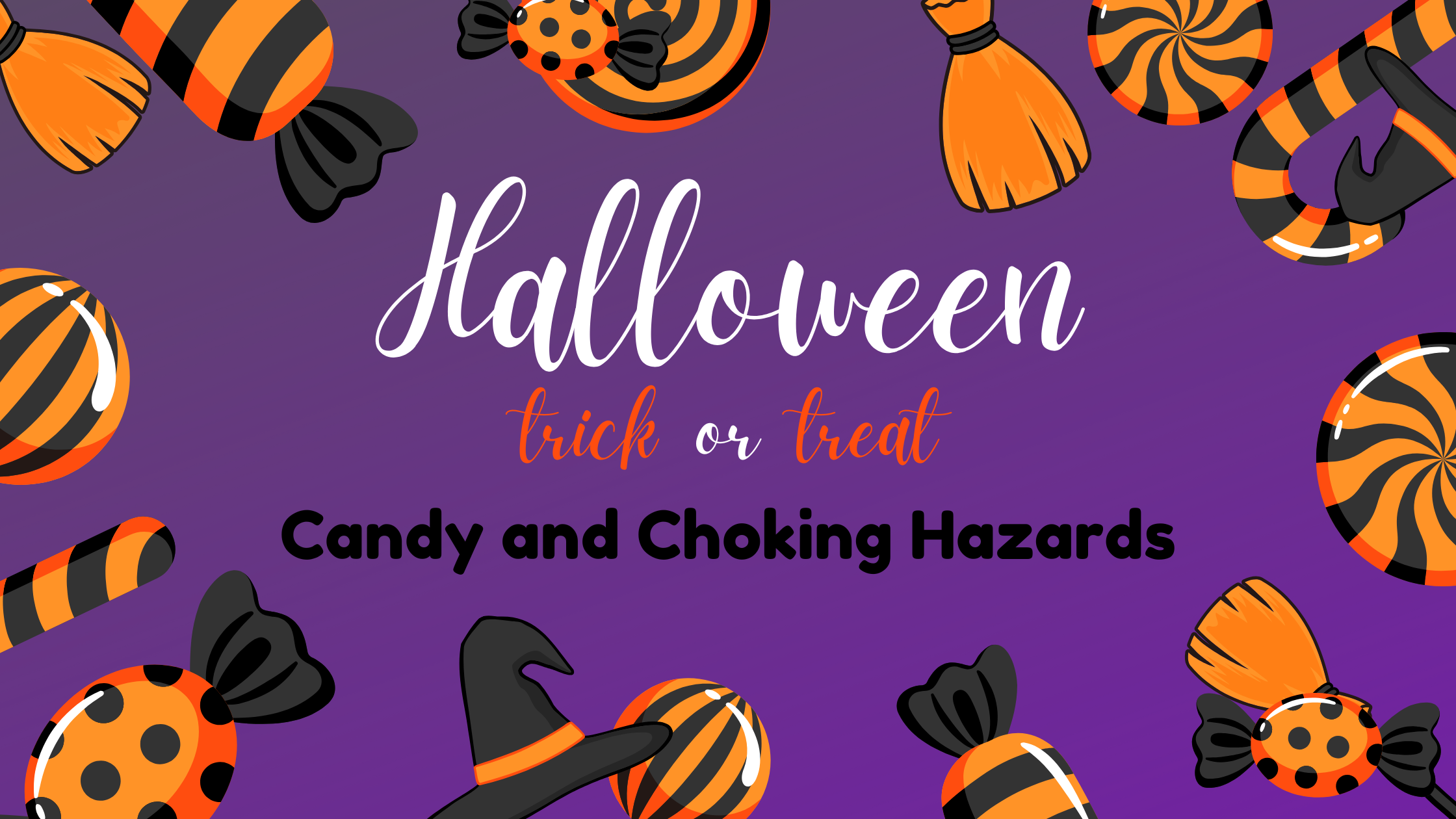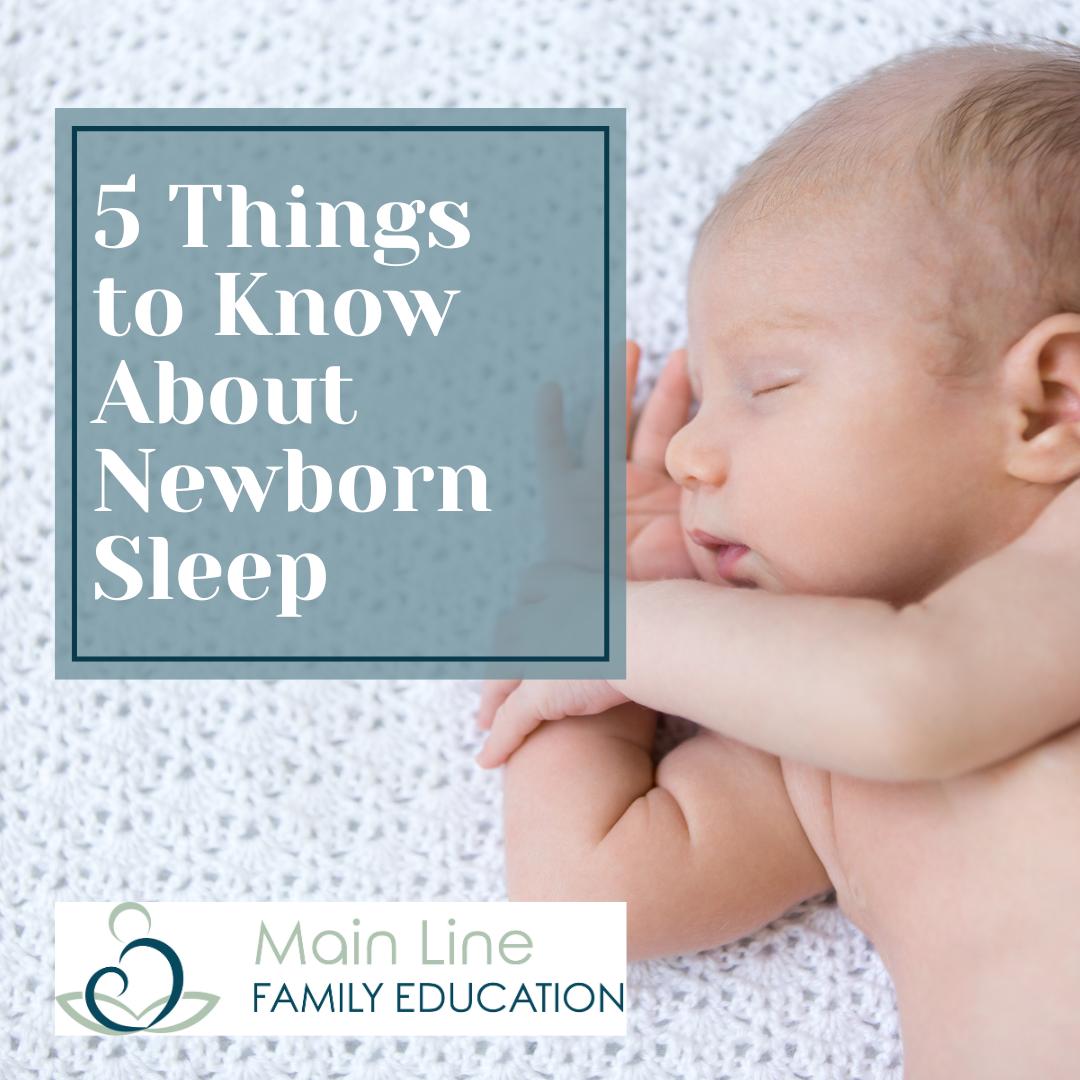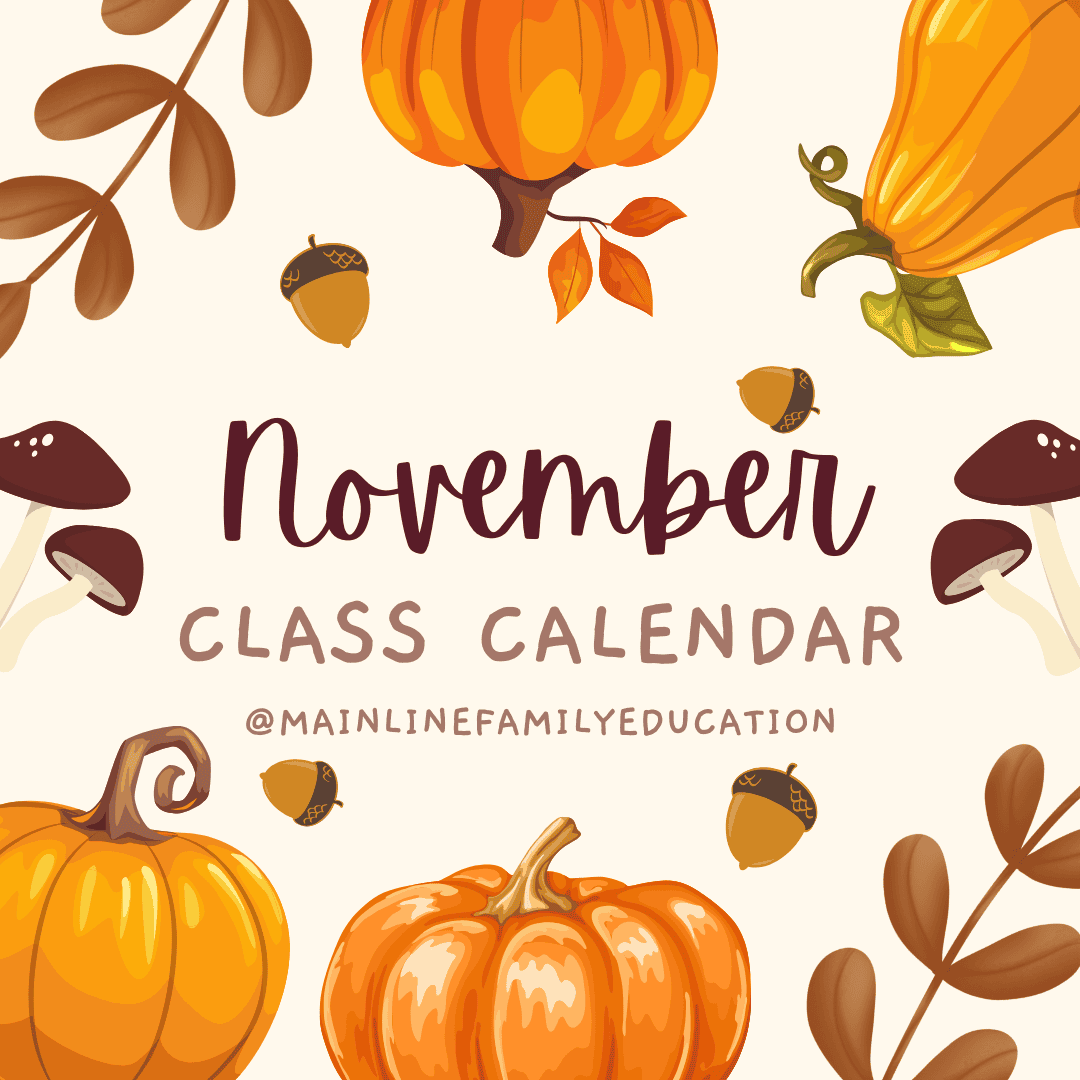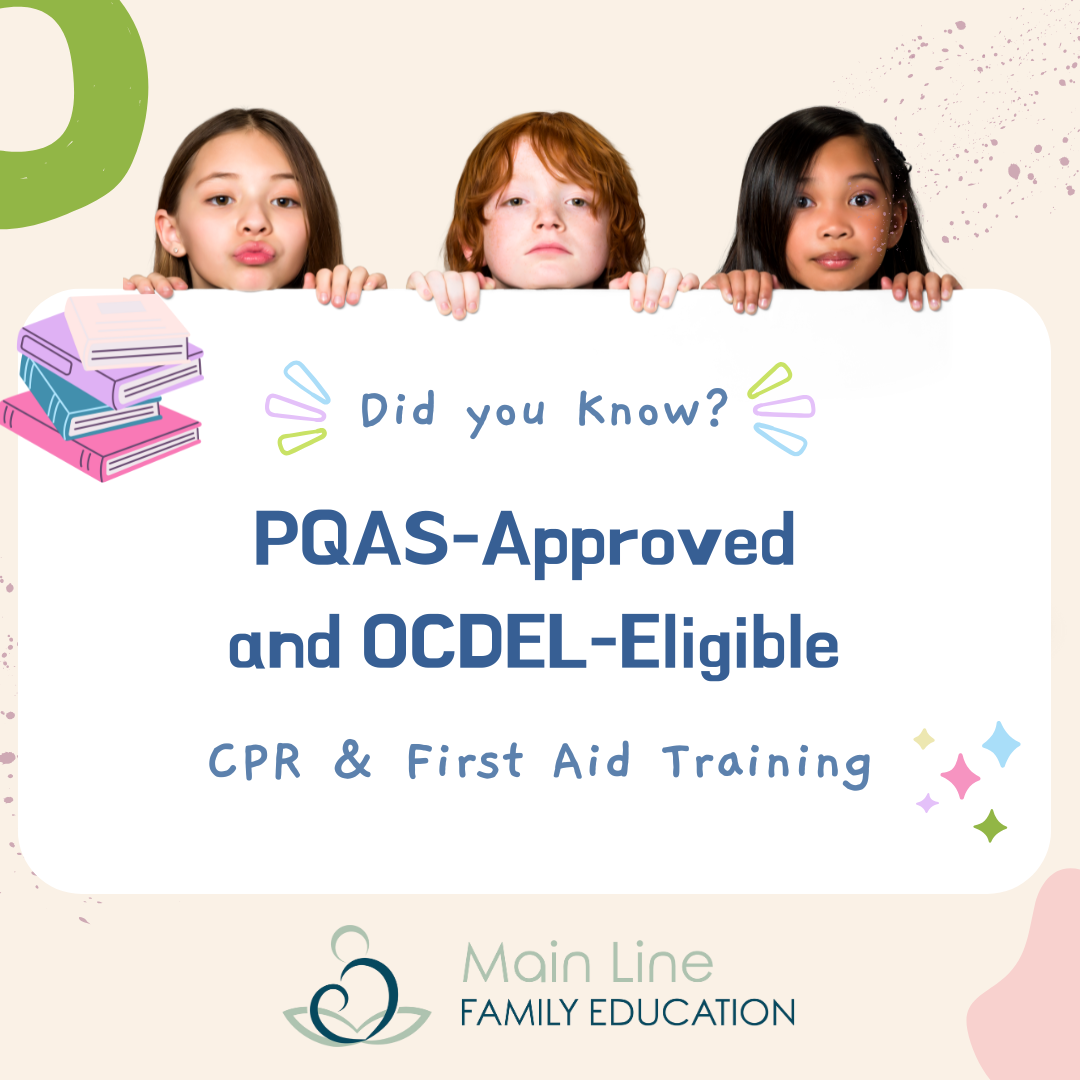Halloween Candy Safety: What’s Safe, What’s a Choking Hazard, and How to Be Prepared

Halloween is all about costumes, fun, and of course—candy! As parents, it’s exciting to see our little ones enjoy their treats, but it’s also important to keep safety in mind—especially when it comes to what our youngest trick-or-treaters are eating.
Some candies are safer for small children to enjoy, while others can pose a choking hazard, especially for toddlers and preschoolers.
Below, we’ve rounded up a few general candy safety guidelines to help you enjoy a worry-free Halloween night.
🍬 Safer Candy Choices for Young Kids
When in doubt, choose treats that are soft, easy to chew, and melt quickly.
Here are some better options for little ones:
- Chocolate bars without nuts, caramel, or hard pieces (like milk chocolate or Hershey’s minis)
- Peanut butter cups
- Soft chocolate candies (like 3 Musketeers)
- Small soft cookies
- Yogurt melts for toddlers
These types of candies dissolve more easily in the mouth and are less likely to cause choking.
⚠️ Candies That Can Be a Choking Hazard
Some popular Halloween candies can be risky for younger children—especially those under age 4—because of their size, shape, or texture.
Avoid offering the following to small children:
- Hard candies (Jolly Ranchers, lollipops, Werther’s)
- Round candies (Skittles, M&Ms, gumballs)
- Sticky or chewy candies (caramels, taffy, Starburst, gummy bears)
- Nuts and candies with nuts
- Popcorn balls or anything with whole kernels
- Small, round chocolates that can easily get lodged in the throat
Even older kids should be reminded not to run, laugh, or talk with food in their mouths, which can increase the risk of choking.
Halloween Candy Safety Guide
Use this chart to help identify which popular Halloween candies are safer for young children to enjoy and which can pose choking hazards.
| Safer Candy Options | Candy Brands to Avoid (Choking Hazard) |
|---|---|
| Reese’s Peanut Butter Cups | Hard candy like Jolly Ranchers or Lifesavers |
| Kit Kat bars | Skittles |
| Hershey’s Milk Chocolate bars | M&M’s (plain or peanut) |
| 3 Musketeers | Sour Patch Kids |
| Reese’s Pieces (soft shell) | Gummy bears and worms |
| Soft mini cookies or animal crackers | Taffy or chewy caramels |
| Mini brownies or soft-baked snacks | Candy Corn |
| Simple soft chocolates (no nuts or caramel) | Lollipops |
Note that this is not a full list of potential candy options. Please keep choking and candy consistency/shape in mind when offered various different options.
Tips for Parents:
- Always supervise young children while they eat candy.
- Have them sit down while eating to avoid laughing or running with food in their mouths.
- Sort through candy together and set aside small, round, hard, or chewy pieces for older siblings or adults.
💪 Be Confident if a Choking Emergency Happens
At Main Line Family Education, we teach parents and caregivers how to recognize and respond to choking in our Infant & Child CPR and Choking class.
We always remind our families that when you’ve taken this class, you’ll have your two hands and the knowledge to act quickly and confidently in an emergency. You’ll know what to do if your child chokes—and that peace of mind is priceless.
Halloween is a time for fun, family, and making memories—not for worrying. With a little extra awareness about candy safety and a quick refresher on choking response, you can keep your celebrations safe and sweet!








